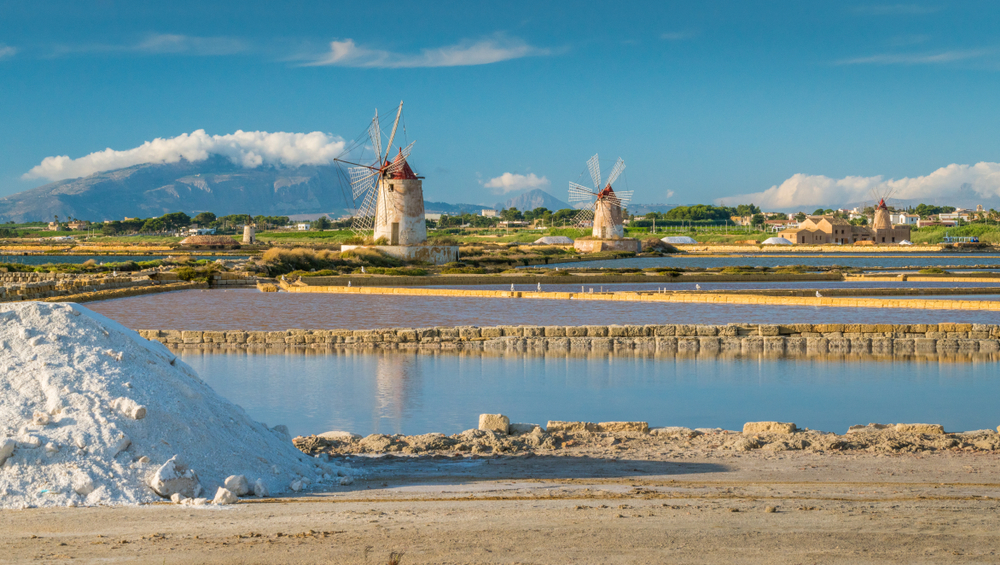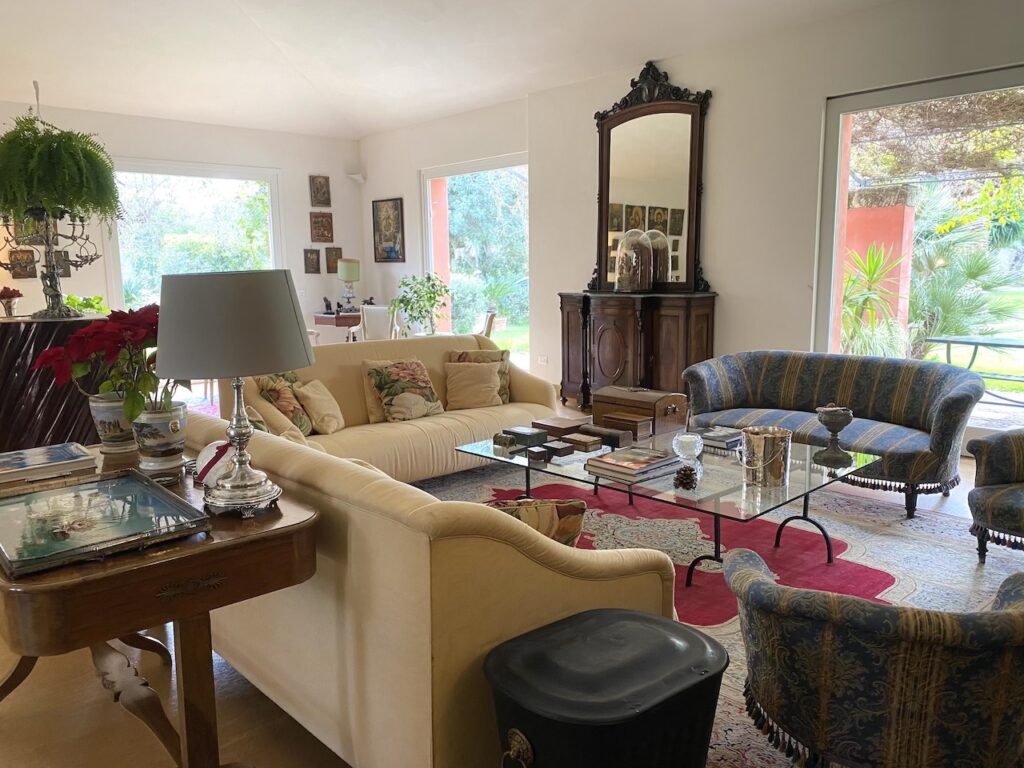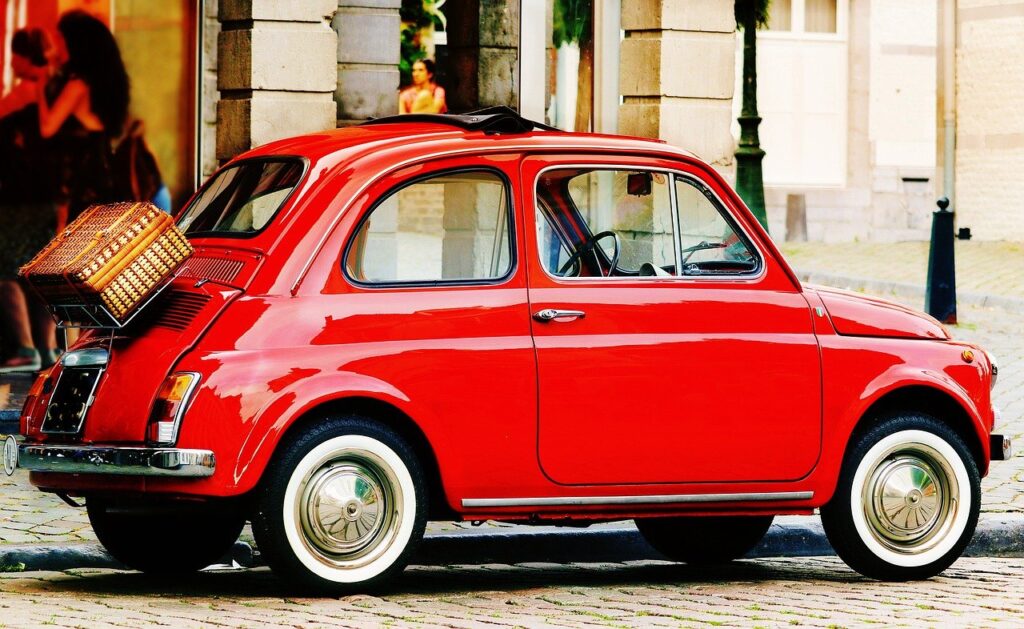Guide to Marsala, Sicily: What to see and do in Marsala
Situated in the Sicilian province of Trapani on the Westernmost tip of Sicily, Marsala is the fifth most populated city in Sicily. It lies just over 100 km South West of the island’s capital, Palermo. Marsala is probably most renowned for its wine, whose origins and notoriety owes much to the English. However, the city has a long, rich and illustrious history and its other main claim to fame is that it was also where Garibaldi and his thousand men (the Mille) landed on May 11th 1860, an event that kicked off a chain of events that led to Italy’s unification. Walk through the streets of Marsala today and you’ll come across numerous commemorative plaques marking the event along with a number of businesses that proudly use Garibaldi’s name. The history of Marsala stretches back much further though. It was founded by the Carthaginians in 397 BC and originally known as Lilybaion, before falling under the rule of the Romans in 241 BC and then the Arabs. In fact, under the Romans it was a thriving colony and a key departure point for trade and for expansion into Africa and the Arabs continued the focus on trade during their rule. Its name probably derives from the Arabic ‘Mars el’Allah‘ (God’s Harbour) although some argue it derives from the Latin ‘Mare Salis’ meaning salty sea.
What to do in Marsala
If you want to learn more about the history of Marsala, then a good starting point would be a visit to the Museo Archeologico Baglio Anselmi. Here you will be able to see its main attraction, a Punic Ship discovered in 1969 and dating back to the first Punic War. The museum also provides access to the Parco Archeologico di Lilibeo where you will find the ruins of the ancient city of Lilybaeum.

Otherwise, a visit to Marsala wouldn’t be complete without a tour of the wineries to sample its most famous drink. The drink owes its origins to Liverpudlian businessman John Woodhouse who stumbled across the local wine in 1773. He loved it so much that he thought that his native Englishmen back home would also enjoy it too. But, in order to survive the long journey overseas, the wine needed to be fortified, thus marking the origins of Marsala wine as we know it today. Woodhouse was right… the English did love it! In fact, it was so popular that Woodhouse moved to Marsala in 1796 to begin mass production of the stuff! Sadly, the drinks popularity dwindled in the 1900s and many wineries went bankrupt but those producing the delicious drink today are of the highest quality. Head to the historical Cantine Florio, one of the oldest wineries in Italy and surely one of the most beautiful. Here you’ll find cellars stocked with countless barrels of wine, some of which miraculously escaped the allied bombing campaign of the Second World War. Other wineries of note include Cantine Pellegrino, Caruso e Minini and Donnafugata.
Once you have enough sipping the marsala wine, there is plenty more to be enjoyed in Marsala. Originally, there are three entrance gates that lead into the town – the Porta Mazara, Porta Nuova and the Porta di Mare which was later re-named Porta Garibaldi (and which is the best preserved today). A fourth gate – Porta Trapani – was then added in the early 17th century. However, at the end of the 19th century, as Marsala grew, the decision was taken to destroy parts of the city walls to allow for the town to expand and along with them the Porta Trapani and the Porta Mazara, leaving just the two gates remaining.
Head through either of these gates to access the old historical centre. Here you’ll find charming pedestrianised streets and Marsala’s main square, the Piazza della Repubblica, home to the Duomo di San Tommaso di Canterbury (Marsala’s biggest square), the Palazzo VII Aprile and the 16th century Chiesa del Purgatorio with its two tiered Baroque facade. The piazza is also home to the Museo degli Arazzi Fiamminghi (tapestry museum), home to eight magnificent wool and silk Flemish tapestries by Cornelis Tons and donated by Antonio Lombardo who was probably given them as a gift by the Queen of Spain.

There is plenty to see outside the historical centre too though. You definitely shouldn’t miss the opportunity to visit the nearby salt pans and Il Stagnone nature reserve. And it’s worth also exploring the islands that lie off this section of coast. These include Isola San Pantaleo (also known as Mozia) which is home to two museums – the Whitaker museum and the Museum of Mozia – both of which provide a fascinating insight into the island’s illustrious history, as well as Favignana, Levanzo and Isola Grande. Find out more about Sicily’s islands on our other blog post: Visit Sicily’s Islands.
And Marsala can also boast some excellent beaches. Two of the most beautiful are San Teodoro and Punta Tramontana, both quiet and peaceful white sandy beaches and crystal clear waters.
Where to stay in Marsala

Villa Lily is a stunning 4 bedroom villa near Marsala, the perfect base to explore this fascinating town.
Alternatively, for a more contemporary feel, opt for the rather aptly named Villa Marsala, a modern 5 bedroom villa close to the historic centre of the city and boasting a Mediterranean style courtyard garden, complete with swimming pool lined with tall, elegant palm trees.
If you’d rather be in Marsala itself, Expedia have some great hotels in Marsala along with B&Bs.
How to travel to Marsala
By train: It’s really easy to reach Marsala by train. The railway station is about a 10-15 minute walk from the centre of Marsala.
By bus: The bus company Salemi runs regular services from Marsala to Palermo, Mazara and Castelvetrano. There are also fast services between Palermo and Marsala which stop at Trapani-Birgi Airport. The journey takes approximately 45 minutes. Alternatively, Lumia operates a bus service which links Marsala with Castelvetrano, Sciacca and Agrigento. If you’re needing to use the bus to explore the area around Marsala, then there is bus station in Piazza del Popolo, a short walk from the Duomo.

By car: Travelling by car is probably one of the easiest ways to reach Marsala. There is free parking all along the lungomare (Via Boeo), and from there, it’s just a short walk to the historic centre.
By plane: The nearest airports are Trapani and Palermo.


